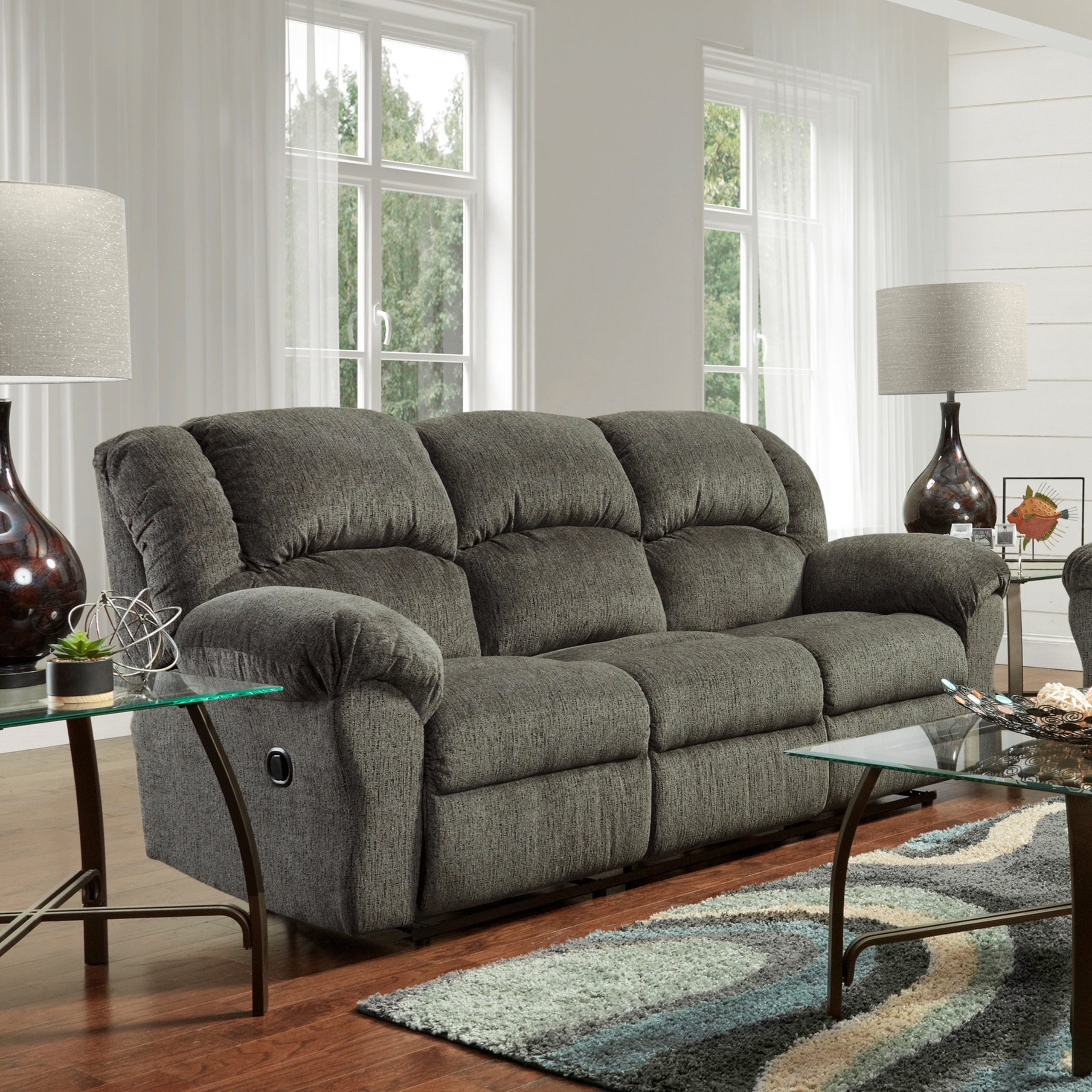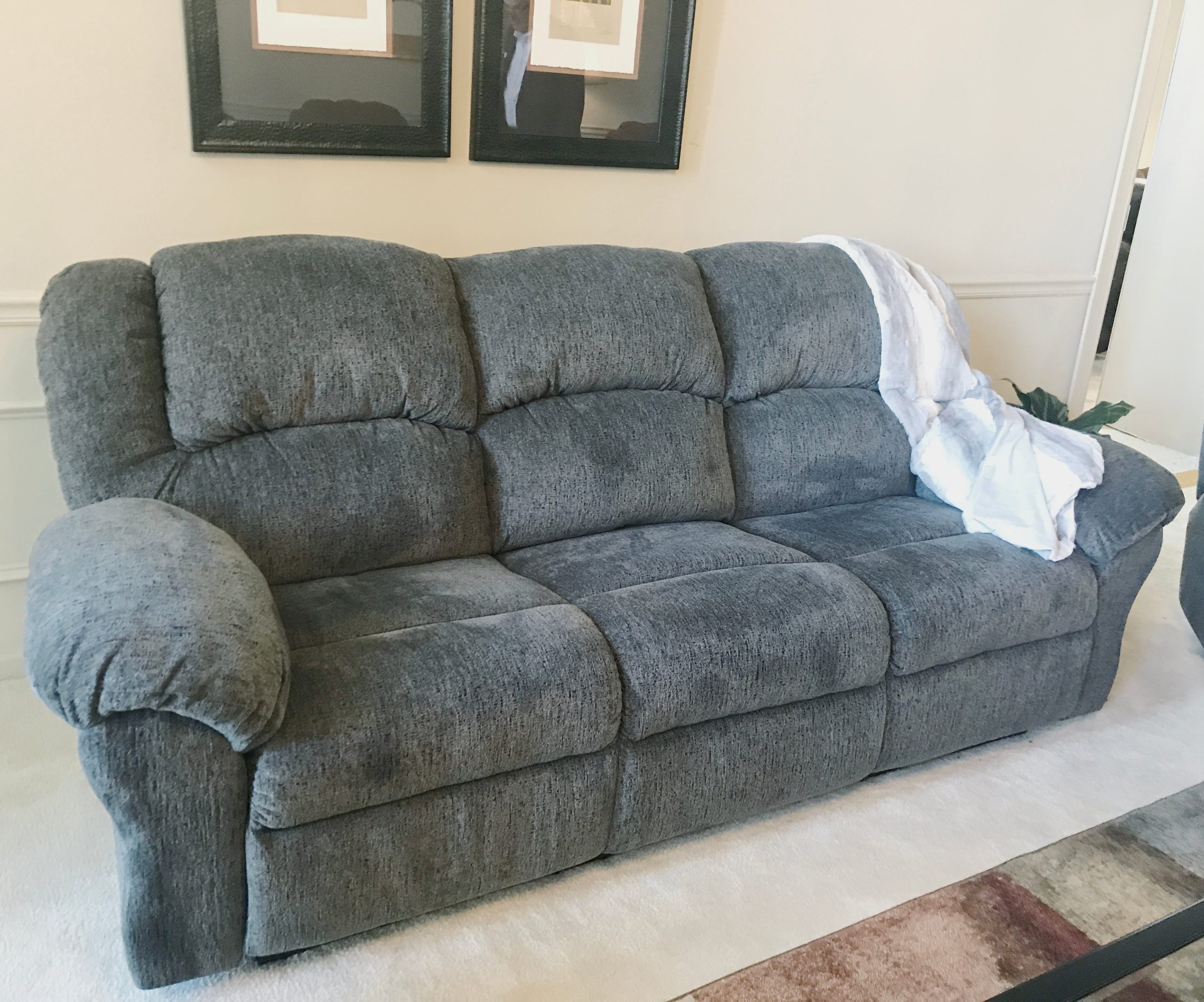Introduction
In the realm of home furnishings, few pieces have experienced such a meteoric rise in popularity as microfiber reclining sofas. Combining the luxurious softness and durability of microfiber fabric with the supreme comfort and versatility of reclining mechanisms, these sofas have become a staple in modern households seeking both style and functionality. This comprehensive exploration delves into the numerous factors contributing to the widespread embrace of microfiber reclining sofas, highlighting their unique features, benefits, and the evolving design landscape that has solidified their place as a must-have in contemporary living spaces.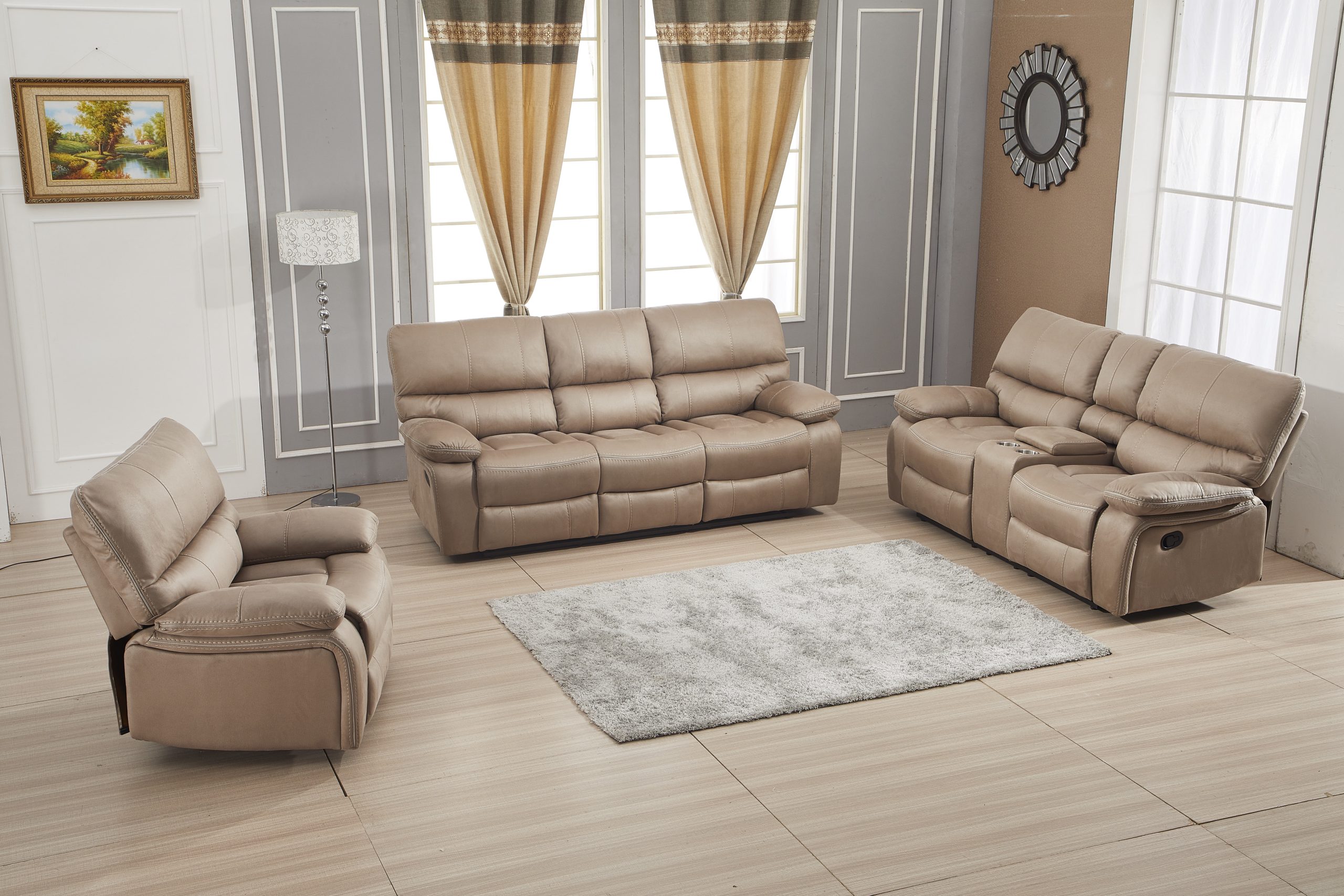
The Allure of Microfiber Fabric
At the heart of the microfiber reclining sofa’s appeal lies its namesake material – microfiber. Derived from ultrafine synthetic fibers, typically polyester or a blend of polyester and nylon, microfiber boasts several qualities that make it an ideal choice for upholstered furniture:
- Supreme Softness: Microfiber’s fine texture offers unparalleled softness and smoothness to the touch, providing a cozy, welcoming feel that rivals that of natural materials like leather or suede. Its gentle surface is gentle on skin, making it perfect for extended lounging and napping sessions.
- Durability and Resilience: Despite its delicate appearance, microfiber is incredibly strong and resistant to wear and tear. It withstands daily use, abrasions, and spills admirably, maintaining its original appearance for years. Its tight weave also prevents pilling and fuzzing, ensuring a consistently smooth surface over time.
- Easy Maintenance: Microfiber’s water-repellent nature makes it highly stain-resistant, allowing for quick cleanup of spills and accidents. Its low pile height simplifies vacuuming and lint removal, while many microfiber fabrics are treated with protective coatings to enhance their resistance to stains and fading. Moreover, microfiber generally does not require professional cleaning, as most spots can be easily addressed with mild soap and water.
- Versatility in Style and Color: Available in a wide array of colors, patterns, and textures, microfiber seamlessly adapts to any interior design aesthetic. From sleek, solid hues to intricate patterns, microfiber sofas can complement minimalist, traditional, or eclectic decors alike, offering homeowners the flexibility to express their personal style without compromising on quality or comfort.
The Reclining Revolution
Beyond the virtues of microfiber fabric, the reclining mechanism embedded within these sofas plays a pivotal role in their surging popularity. Recliners offer users an unprecedented level of customization and relaxation, transforming the traditional sofa experience:
- Customizable Comfort: With multiple reclining positions, users can adjust the backrest and footrest independently to find their ideal seating arrangement, whether it’s upright for conversation, partially reclined for reading, or fully reclined for a blissful nap. Some models even feature power recline options with memory settings, allowing individuals to save their preferred positions for effortless comfort.
- Enhanced Ergonomics: Reclining sofas are designed with ergonomic support in mind, providing proper alignment for the spine, neck, and legs. This reduces pressure points and promotes better posture, minimizing discomfort during prolonged sitting sessions. Many models also incorporate adjustable headrests, lumbar support, and even massage functions, further enhancing the overall comfort experience.
- Space-Saving Designs: Modern reclining sofas have evolved to accommodate various room sizes and configurations. Wall-hugger designs allow the sofa to recline mere inches from the wall, conserving valuable floor space. Additionally, modular or sectional configurations enable homeowners to customize the size and shape of their reclining sofa to fit their specific room layout and seating needs.
- Integrated Convenience Features: Advanced reclining sofas often come equipped with built-in cup holders, storage compartments, and USB charging ports, turning the sofa into a veritable entertainment hub. These integrated features cater to our increasingly connected lifestyles, allowing users to enjoy their favorite beverages, store remote controls, and charge electronic devices without leaving the comfort of their seat.
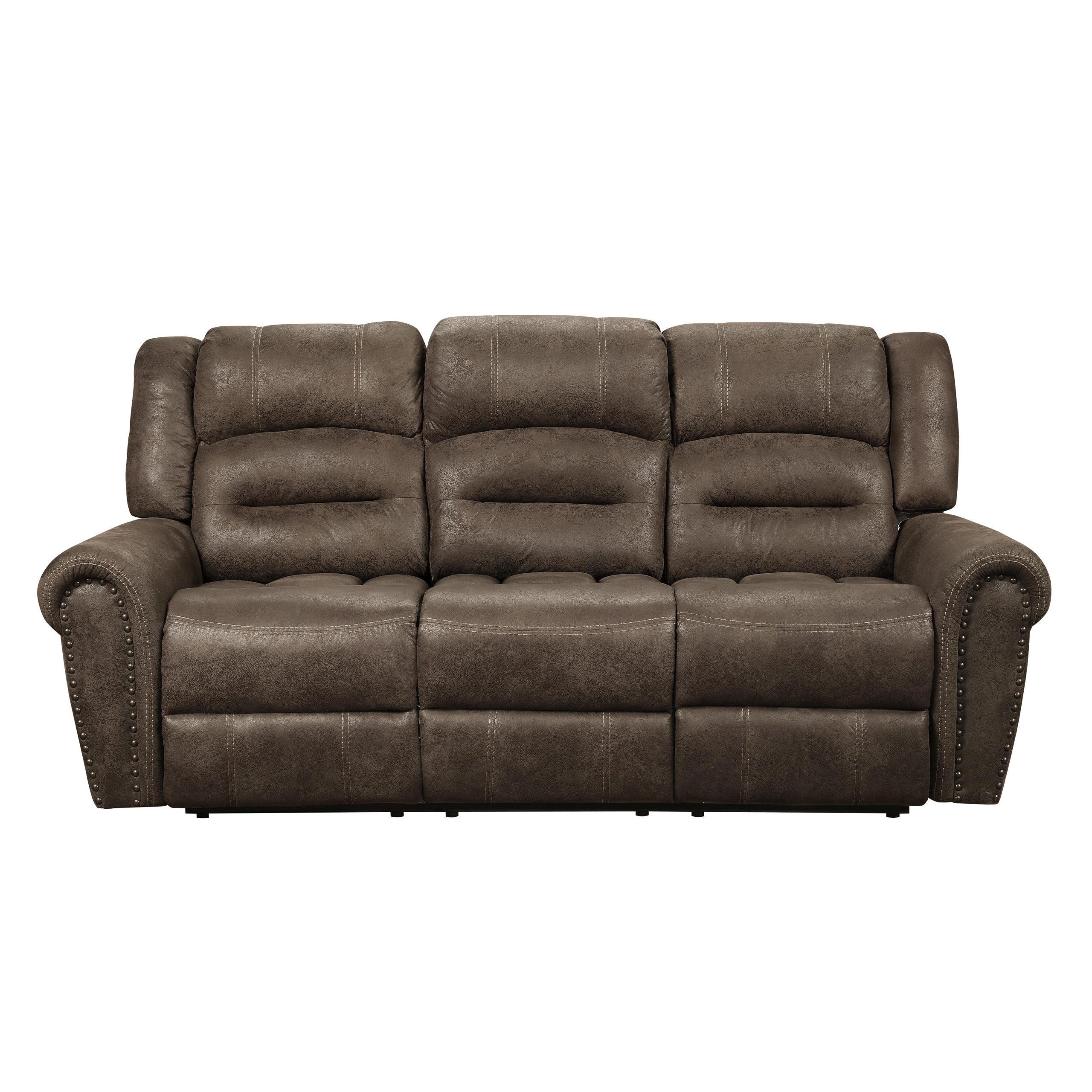
Design Evolution and Adaptability
As consumer preferences and interior design trends continue to evolve, microfiber reclining sofas have demonstrated remarkable adaptability, embracing new styles, colors, and technological advancements:
- Contemporary Silhouettes and Finishes: Sleek, streamlined designs with clean lines and minimal ornamentation have become increasingly prevalent, appealing to those who prefer a modern, uncluttered look. Furthermore, microfiber sofas now sport a variety of finishes, such as smooth, suede-like textures or lightly distressed surfaces, adding visual interest and depth to their appearance.
- Color Trends and Textural Play: Neutral shades like gray, beige, and taupe remain popular choices for microfiber reclining sofas due to their versatility and ability to anchor a room’s color scheme. However, bolder hues and patterns have also gained traction, offering homeowners opportunities to make a statement or add a pop of color to their living spaces. Additionally, designers are experimenting with contrasting textures and color blocking, using microfiber in conjunction with other materials like leather or wood accents to create visually striking pieces.
- Sustainable Manufacturing Practices: In response to growing environmental concerns, manufacturers are incorporating eco-friendly materials and production processes into microfiber reclining sofas. This includes using recycled or bio-based fibers, reducing water consumption during manufacturing, and implementing efficient waste management systems. Such initiatives not only minimize the environmental footprint of these sofas but also appeal to environmentally conscious consumers.
The Appeal of Microfiber: A Textile Marvel
These fibers measure less than one denier (a unit of fiber thickness) and can be up to 100 times finer than human hair. This extraordinary fineness results in a soft-to-the-touch texture that closely resembles suede or leather, yet with distinct advantages.
Unmatched Comfort
One of the primary reasons microfiber has gained widespread popularity in reclining sofas is its unparalleled comfort. The densely packed, ultrafine fibers create a plush, velvety surface that gently conforms to the body, providing excellent cushioning and support. Microfiber’s moisture-wicking properties help maintain a comfortable seating temperature, preventing excessive heat buildup and ensuring that users remain cool and dry even during extended periods of use. Additionally, its hypoallergenic nature makes it ideal for individuals with sensitive skin or allergies, as it resists the accumulation of dust mites, mold, and other allergens.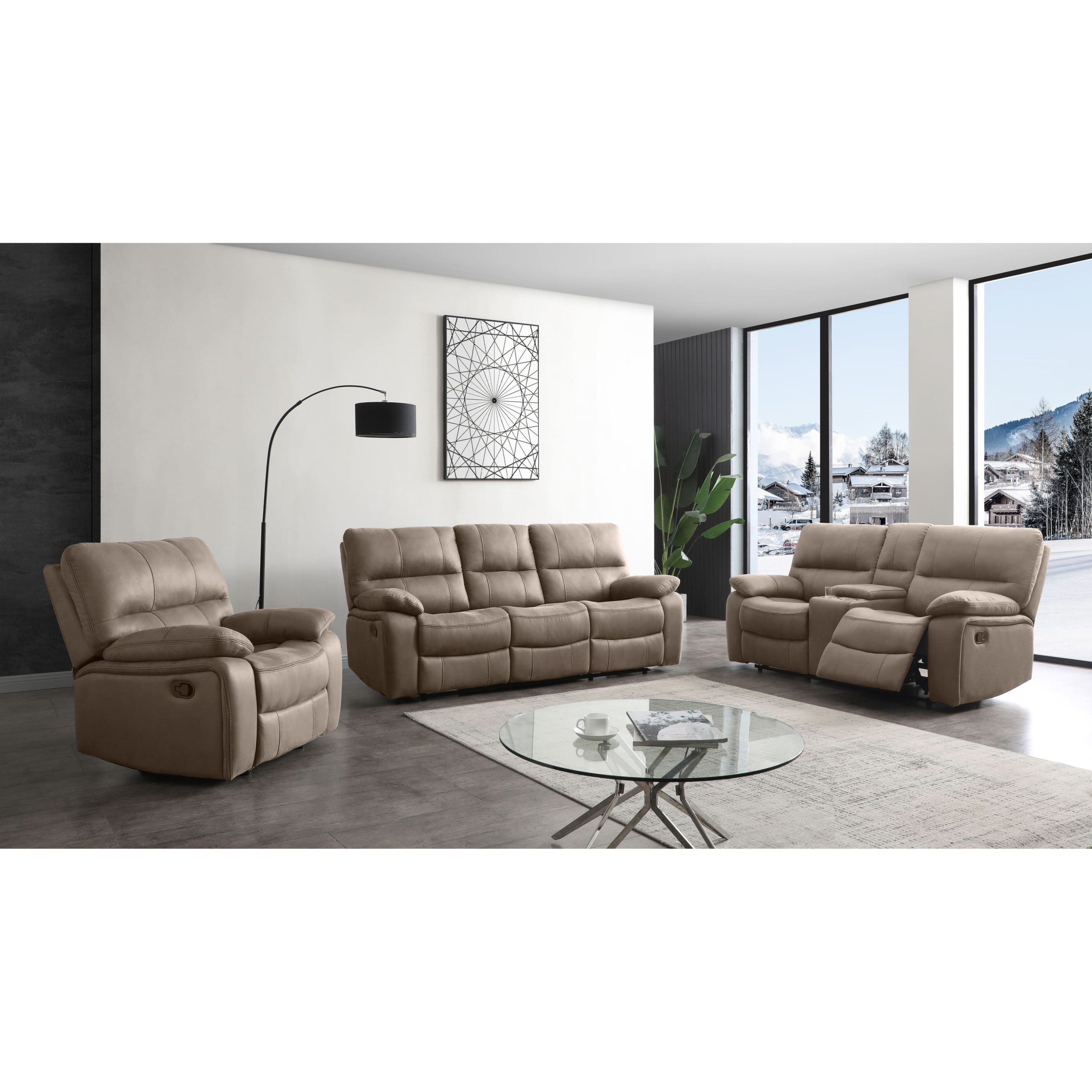
Durability and Easy Maintenance
Beyond comfort, microfiber upholstery stands out for its remarkable durability and ease of maintenance. The tight weave and strength of the individual fibers make microfiber highly resistant to wear and tear, abrasions, and pilling. It withstands daily use admirably, maintaining its appearance and texture even in high-traffic areas or households with children and pets. Furthermore, microfiber is inherently stain-resistant due to its non-porous nature, which prevents liquids from seeping into the fabric. Spills can often be blotted away quickly and easily, minimizing the risk of permanent stains.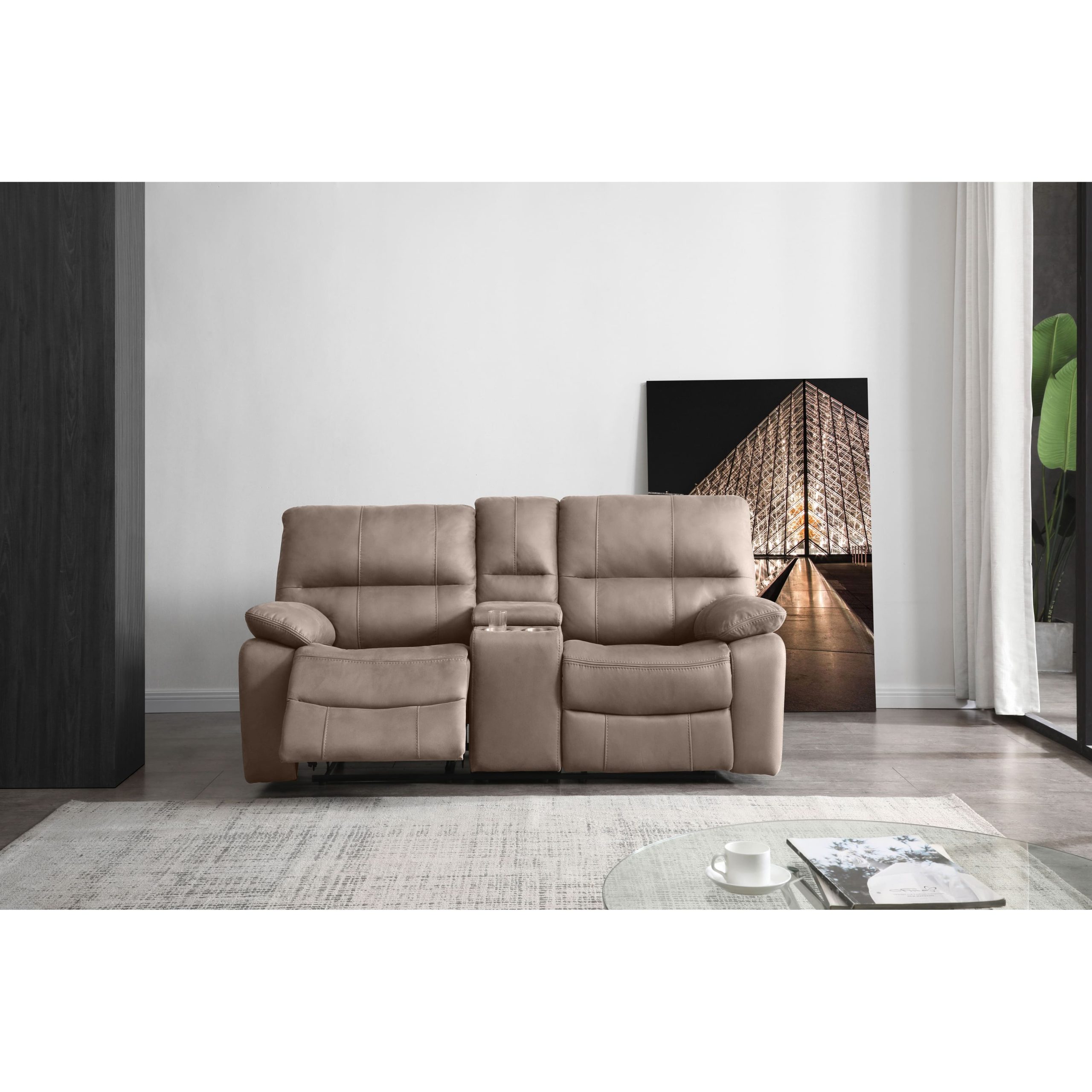
In conclusion
The rise of microfiber reclining sofas in contemporary home furnishings can be attributed to their winning combination of luxurious comfort, exceptional durability, easy maintenance, and versatile design options. As manufacturers continue to innovate and respond to changing consumer demands, these sofas will undoubtedly remain a sought-after centerpiece in living rooms worldwide, offering unparalleled relaxation and style to suit a multitude of tastes and lifestyles.